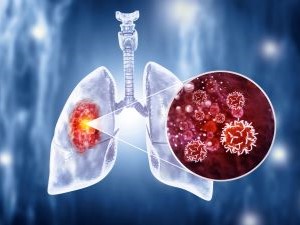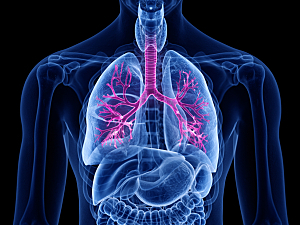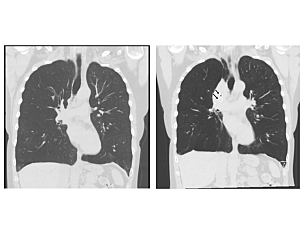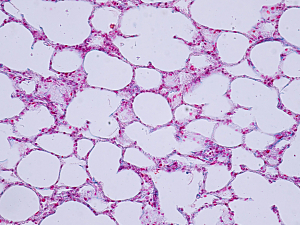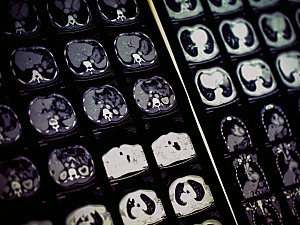Replacement of cTnI With hs-cTnI for Evaluation of Pulmonary Embolism May Misclassify Risk

Behnood Bikdeli, MD, MS, at Brigham and Women’s Hospital, David Jiménez, MD, PhD, at Hospital Ramón y Cajal in Madrid, and colleagues recently conducted the first study to compare the prognostic relevance of cTnI with hs-cTnI in patients with pulmonary embolism (PE).
Read More...

